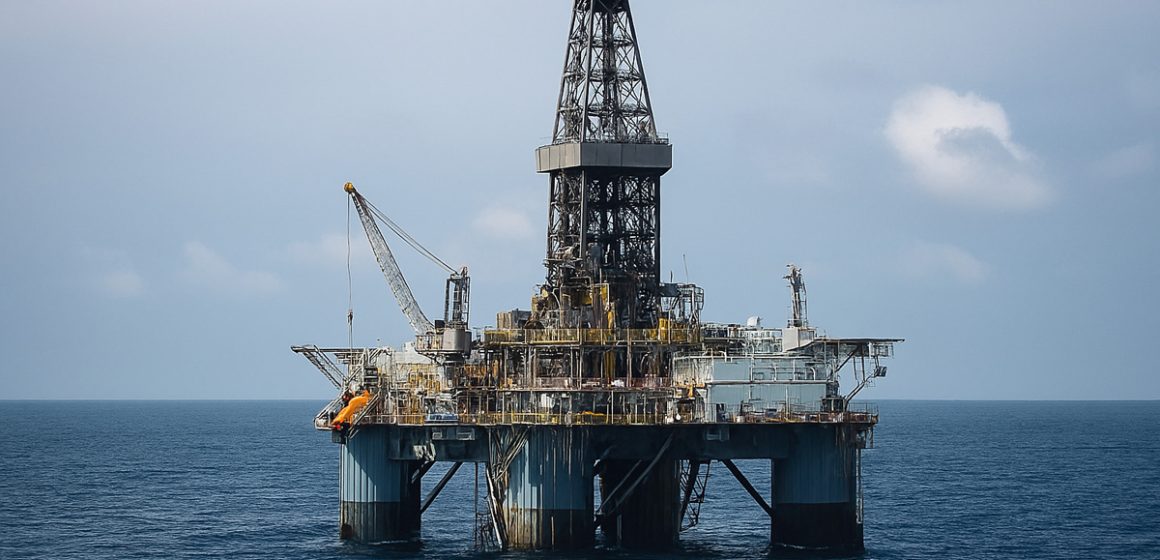India’s deepwater energy ambitions received a boost with the detection of natural gas in the Sri Vijayapuram-2 well, raising hopes of a major hydrocarbon reserve, Union Minister Hardeep Singh Puri has confirmed.
India’s aspirations for aatmanirbharta (self-reliance) in hydrocarbons received a significant boost with the detection of natural gas in the Andaman Basin, located in the Bay of Bengal. As the world’s third-largest oil and gas importer, the country is intensifying its deepwater exploration efforts to reduce import dependence and unlock domestic reserves.
In a September 26 post on X (formerly Twitter), Hardeep Singh Puri, Union Minister for Petroleum & Natural Gas, announced that natural gas had been found in the Sri Vijayapuram-2 well, situated 9.2 nautical miles (17 km) off the east coast of the Andaman Islands. The well was drilled to a water depth of 295 metres and a target depth of 2,650 metres.
Target depth refers to the planned vertical or measured depth at which geologists expect to encounter hydrocarbon-bearing formations based on seismic and geological modelling.
“Initial production testing of the well in the range of 2,212–2,250 metres has established the presence of natural gas with intermittent flaring. The gas samples were brought by ship to Kakinada, tested, and found to contain 87% methane,” Puri stated.
He added that while the commercial viability of the discovery will be assessed in the coming months, the find confirms long-held geological expectations about the Andaman Basin’s hydrocarbon potential.
India’s Deepwater Energy Push
“Establishing the presence of hydrocarbons in the Andaman Basin is a major step in confirming our belief that the region is rich in natural gas—consistent with discoveries across the same geological belt from Myanmar in the north to Indonesia in the south,” Puri said.
The discovery aligns with the National Deepwater Exploration Mission announced by Prime Minister Narendra Modi during his Independence Day address on August 15. Under this initiative, multiple deepwater wells are planned across India’s offshore basins to fully unlock the country’s hydrocarbon potential.
Puri also emphasised that the find would strengthen India’s ability to collaborate with global deepwater exploration leaders such as Petrobras, BP India, Shell, and ExxonMobil.
India has significantly expanded oil and gas exploration since 2015, particularly after the opening of nearly 1 million sq km of erstwhile ‘No-Go’ offshore areas in 2022. According to the Ministry of Petroleum & Natural Gas, the Andaman & Nicobar Basin could potentially hold up to 371 million metric tonnes of oil equivalent (MMTOE) in reserves. The government is also targeting discoveries in Ballia (Uttar Pradesh) and the Barmer-Sanchore Basin (Rajasthan).
Hydrocarbon exploration is a key pillar of India’s energy transition strategy. For instance, the central government is promoting the widespread adoption of natural gas in both industry and households. Last week, it approved the release of 2.5 million additional liquefied petroleum gas (LPG) connections under the Pradhan Mantri Ujjwala Yojana (PMUY), which aims to replace traditional cooking fuels such as coal and firewood with cleaner alternatives.
-Manish Pant


